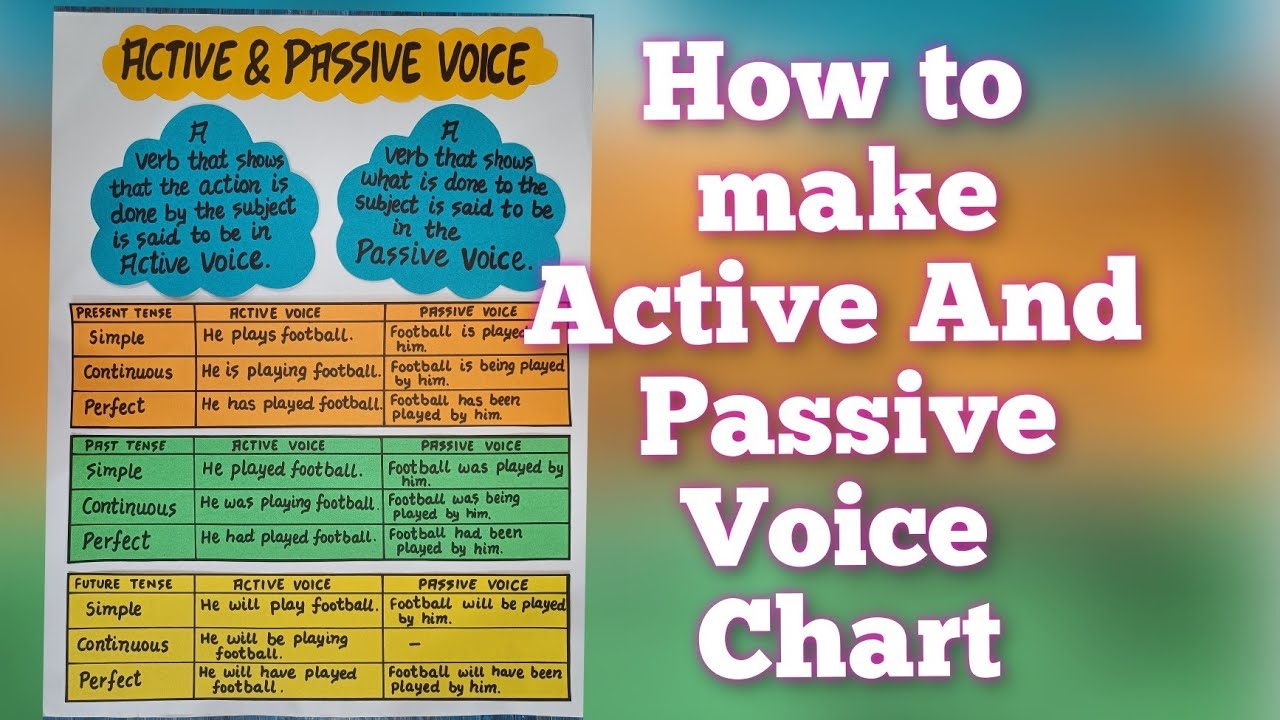Passive voice is a grammatical construction that emphasizes the action performed on the subject rather than the subject performing the action. It is important to understand passive voice as it is commonly used in various forms of writing such as academic papers, reports, and formal documents. By knowing how to identify and use passive voice correctly, you can improve the clarity and professionalism of your writing.
Many people struggle with recognizing passive voice and tend to overuse it in their writing. Learning how to use passive voice effectively can help you convey your message more clearly and concisely. Being able to switch between active and passive voice will also make your writing more versatile and engaging.
Passive Voice Chart
Below is a passive voice chart that illustrates the structure of passive voice in different tenses:
| Tense | Structure |
|---|---|
| Present Simple | Subject + is/are + past participle |
| Past Simple | Subject + was/were + past participle |
| Present Perfect | Subject + has/have + been + past participle |
| Future Simple | Subject + will be + past participle |
It is essential to practice using passive voice in different tenses to become more comfortable with its structure and usage. By referring to the passive voice chart, you can easily identify and construct passive voice sentences in your writing.
While passive voice is useful in certain contexts, it is important not to overuse it. Active voice is generally more direct and engaging, so it is recommended to use a mix of active and passive voice to keep your writing dynamic and interesting.
In conclusion, understanding passive voice and how to use it correctly is essential for improving your writing skills. By referring to the passive voice chart and practicing constructing passive voice sentences, you can enhance the clarity and effectiveness of your writing. Remember to use passive voice strategically and in moderation to maintain a balance between active and passive constructions.
